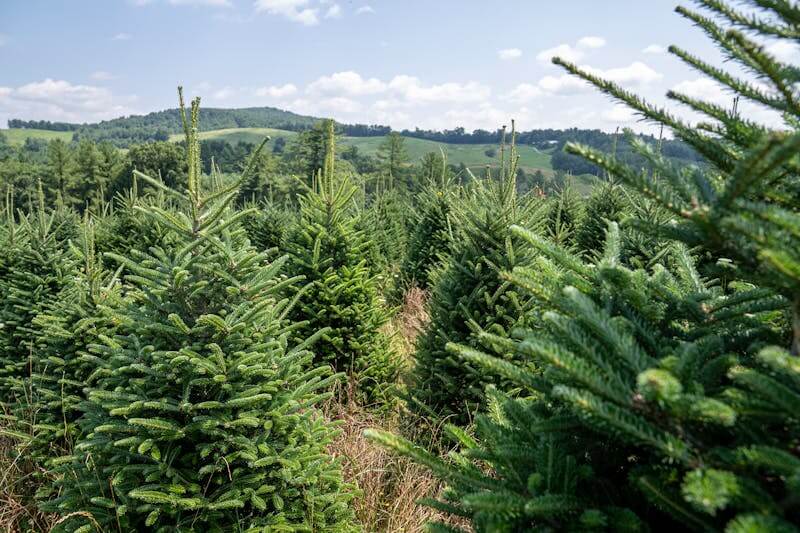Wheat Germ DNA
Using wheat as an example, students explore how DNA determines the genetic traits of a plant and how plant breeders change the DNA of a plant to produce desired characteristics.
Using wheat as an example, students explore how DNA determines the genetic traits of a plant and how plant breeders change the DNA of a plant to produce desired characteristics.
Students identify fruits that grow on a tree, bush, or vine, classify fruits as pome, drupe, berry, melon, or citrus, perform an experiment about the browning of fruit, and dry plums to make prunes.

Students explore the history of the Christmas tree, explain the life cycle of a conifer, identify types of trees and how they adapt, discover what it's like to work on a Christmas tree farm, and examine the ecology of conifer trees.
Students explore the life cycle of wild rice, compare the steps of the traditional Native wild rice harvest with a cultivated wild rice harvest, and create their own wild rice bowls.
Students explore peach production in various regions of the United States, describe how peaches are produced and processed from farm to table, and explain how internal and external structures of peaches support survival and growth.
Students explore tart cherry production in the United States and explain why producers and consumers are needed in the cherry industry.
Students design a green bean planter and explore planting specifications for green bean seeds.
Students explore how genes affect important traits such as growth, reproduction, disease resistance, and behavior and discover the responsibilities of an animal geneticist.
Students explore how dominant and recessive traits are expressed and discover how knowledge of heredity is important to agriculture.
Students identify how the basic needs of a growing chick are met during egg incubation, diagram the parts of an egg, and hatch eggs in class.
Students pursue a process of inquiry to profile George Washington, evaluating the personal characteristics that made him a great leader while also exploring historical and modern food systems.
Students investigate the physical change that occurs as milk is turned into butter.